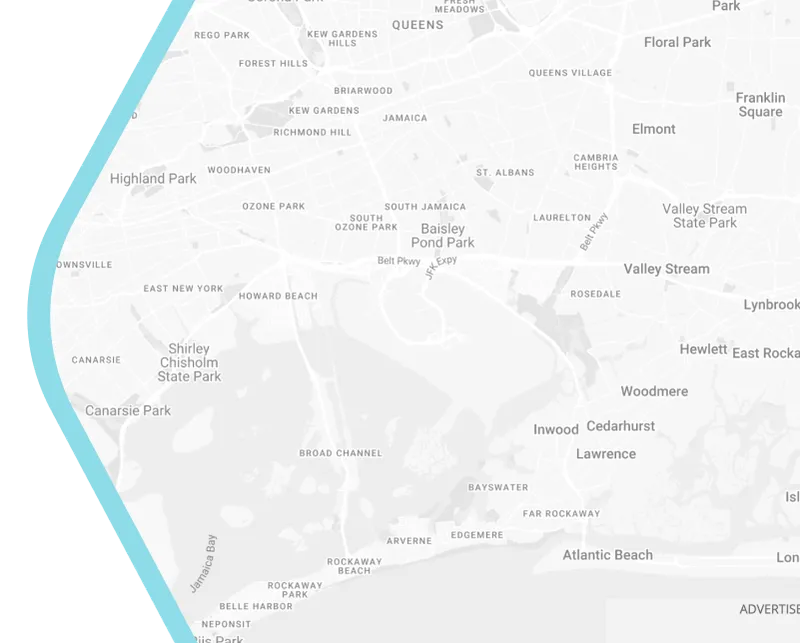
Creating Safe Walking for School Children
Children who walk for their daily commute to and from school are healthier and less likely to be obese (Bosch et al., 2019). They are also better at recognising and visualising their neighbourhood through maps, explain the built environment elements that support their perceived safety during their commute and could navigate the traffic safer compared to those who are driven to school.
The pedestrian children in Jamme and Banerjee (2018) point out that social interaction and recreational facilities for children are crucial for them to feel safe. It is also noted that slower traffic and car speed around the neighbourhood are desirable for the children. While social misconduct such as alcoholism, crime and buildings with visual cues of breakdown (houses or shops looking “abandoned” or “creepy”) decrease the children safety perception. Thus, policy maker that aspire to make city safer for children are encouraged to not only address the traffic safety aspect but also the social and visual aspect of safety from the point view of these children.
Reference:
Bosch, L. S., Wells, J. C., Lum, S., & Reid, A. M. (2019). Associations of extracurricular physical activity patterns and body composition components in a multi-ethnic population of UK children (the Size and Lung Function in Children study): a multilevel modelling analysis. BMC public health, 19(1), 1-10.
Jamme, H. T. W., Bahl, D., & Banerjee, T. (2018). Between “broken windows” and the “eyes on the street:” Walking to school in inner city San Diego. Journal of Environmental Psychology, 55, 121-138.
